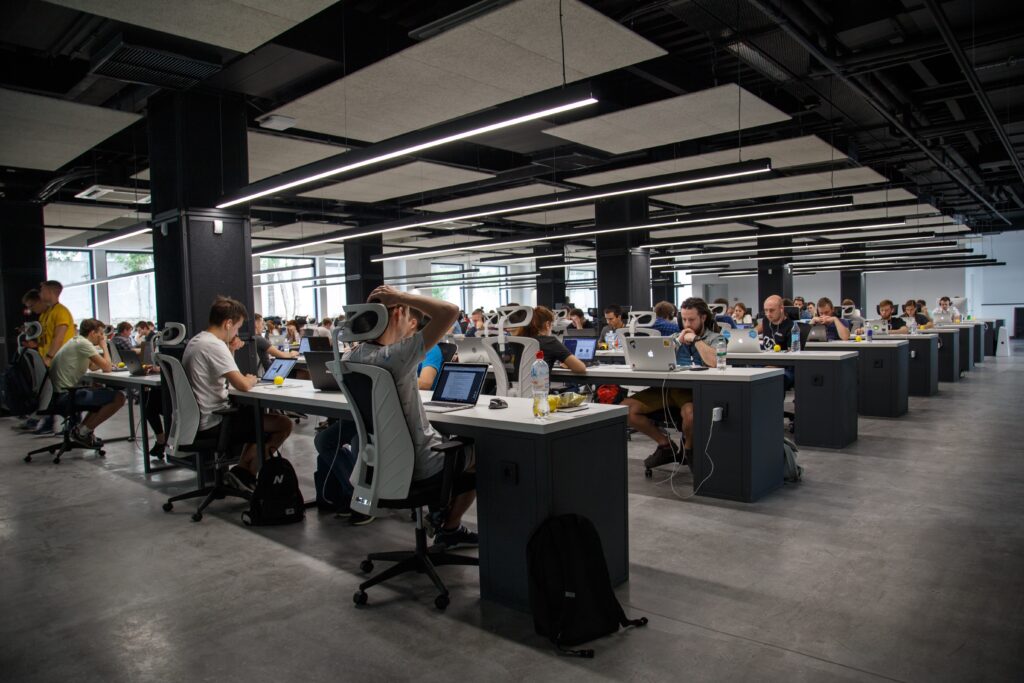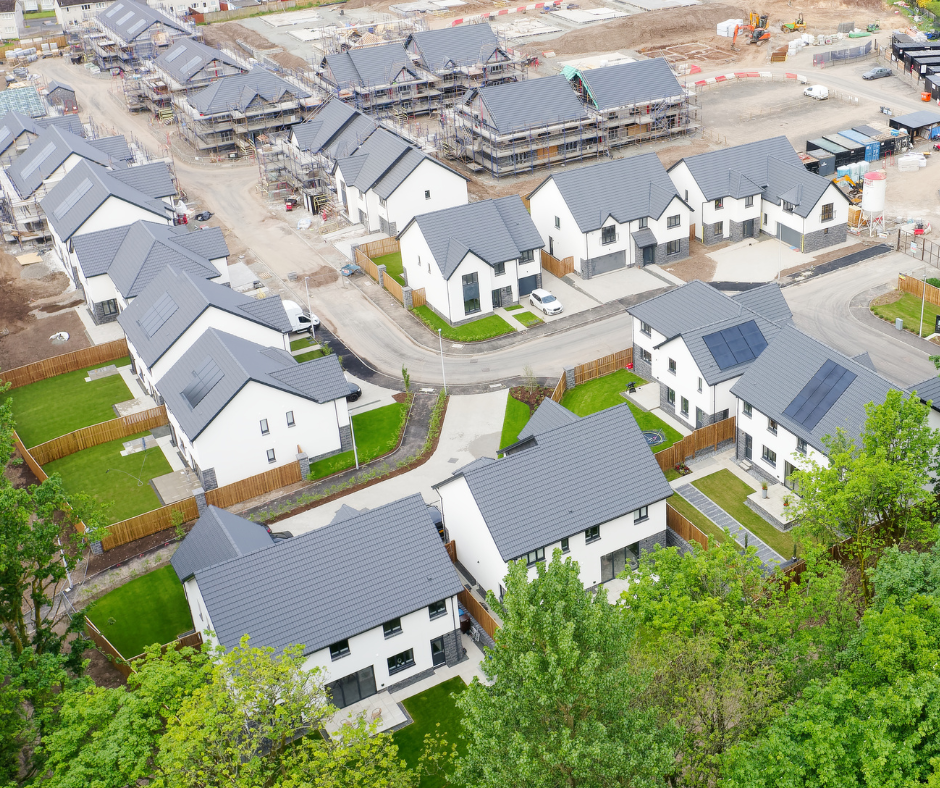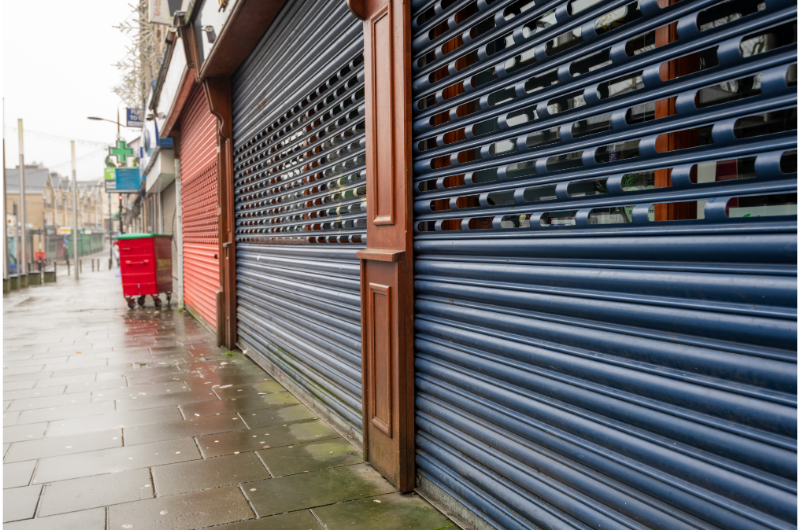The traditional office work environment has been turned on its head by the Covid-19 pandemic, changing both the purpose and function of the office. It seems everyone is now looking at things differently – workers are determined to hold on to the greater freedom and control over where they physically work, that they have grown accustomed to over the last couple of years.
A survey by HowNow in 2021 revealed that the majority of remote workers (79%) would prefer to continue working under a hybrid system, with just 5% answering they’d like to return to a workspace full time.
Business owners are looking at ways to build a better, more flexible future of work and future office space for their workers.
Meanwhile, architects are busying themselves with the challenges and opportunities posed by the design of the post-pandemic office space.
How are offices changing post-pandemic?
According to one US survey, as many as 85% of people said they were dissatisfied with their office environment pre-pandemic citing poor lighting, wrong temperature, too noisy, and no privacy as the main reasons. What we had then was functionality – rigid rows and banks of desks, arranged in a way that was believed to maximise productivity.
As organisations adapt to hybrid working, the office space does need to change for it to succeed. Hybrid spaces need to be designed for flexibility and adaptability. We need to move away from rigid, identical desks squeezed together to more varied, flexible, and controllable environments, with a focus on greater colleague collaboration.
More adaptable designs, with more communal areas meant to foster teamwork, creativity, and a sense of ‘community’ that was lost during the pandemic are in demand. Hot desking (bookable desks) has become much more common, as have rooms dedicated to video conferencing or quiet work, and more space for social gatherings or training.
Clearly, digital technology has a big role to play in making the environment flexible enough to allow different spaces to be used for different purposes, and technology will play a big role in offices in future – for example, touch technology and face recognition.
Whilst some may be downsizing their office space, for many, it has become more about redesigning the space to allow for collaboration between colleagues on days when they are in the office. As teams are making their way into the office only on certain days, they are using this office time to have meetings in person and discuss ideas with colleagues.
These changes to office design had already started to creep in pre-pandemic but have been greatly accelerated ever since.
The benefits of a well-designed hybrid working space
All organisations will need to find their own way to build a better, more flexible future of work and future office space. The benefits of doing it well will be far-reaching.
We believe that organisations with successful hybrid environments will be able to recruit and retain the best talent, improve staff health and wellbeing, enhance collaboration and performance, and adapt rapidly to any future change. Hybrid working is not an easy option. However, done thoughtfully, it can provide the most effective way of working.
If you’d like advice on making changes to your office, please get in touch for a no-obligation chat.
E angus.ellis@waltonhorsfall.co.uk
T 01484 602377




